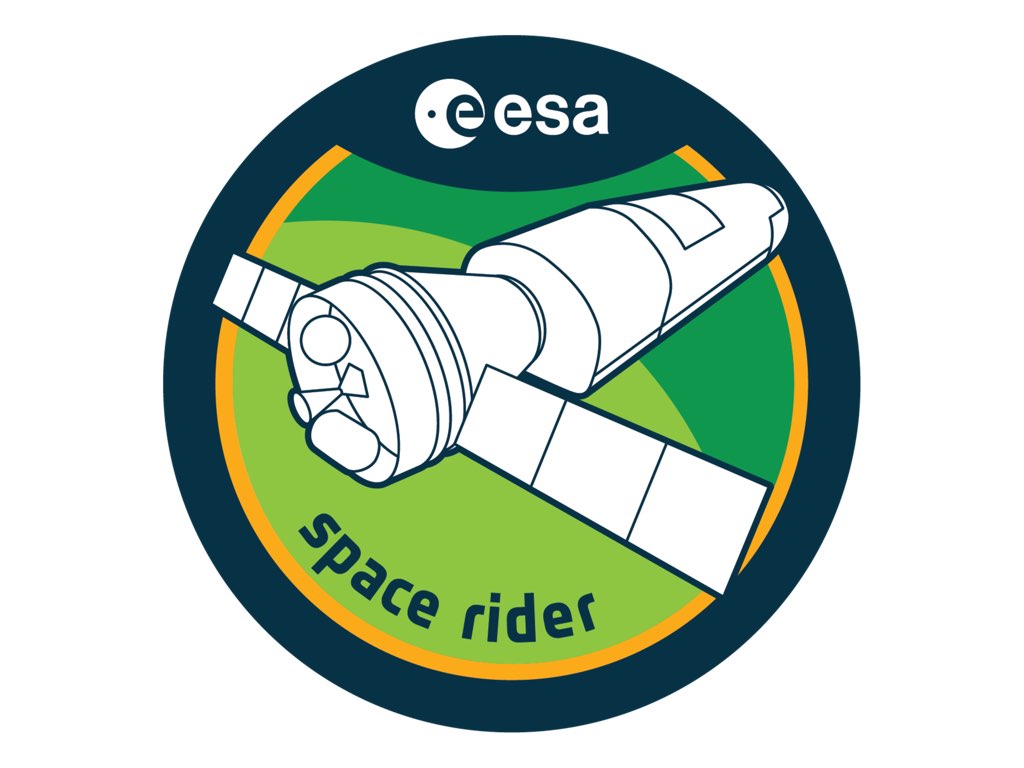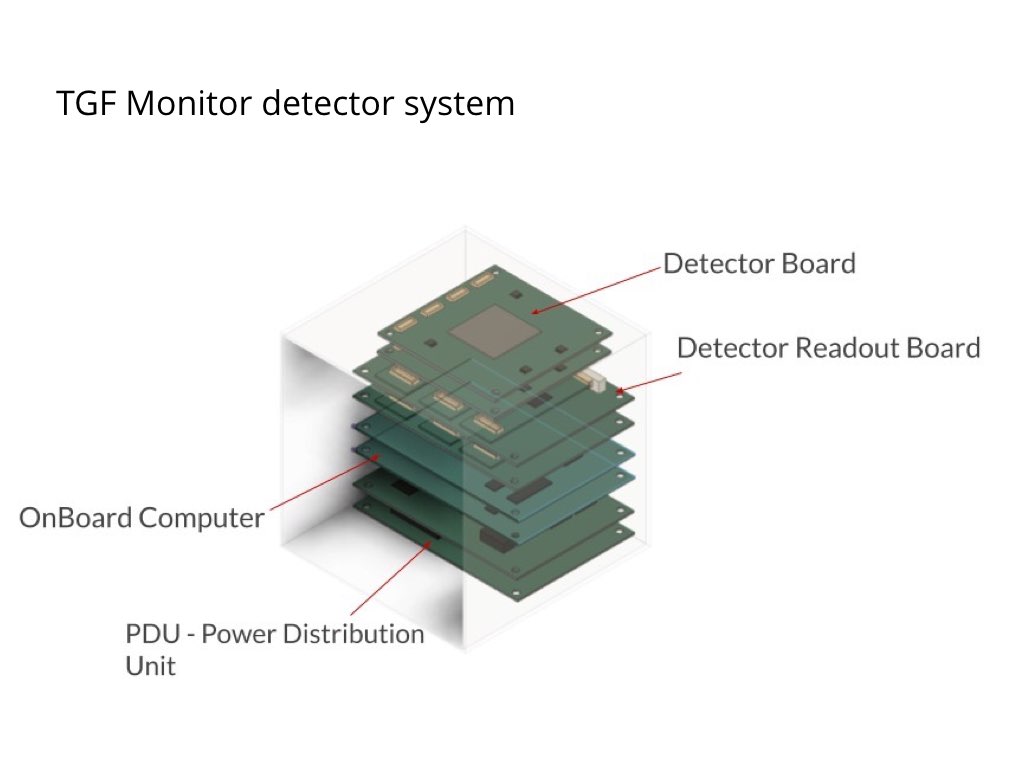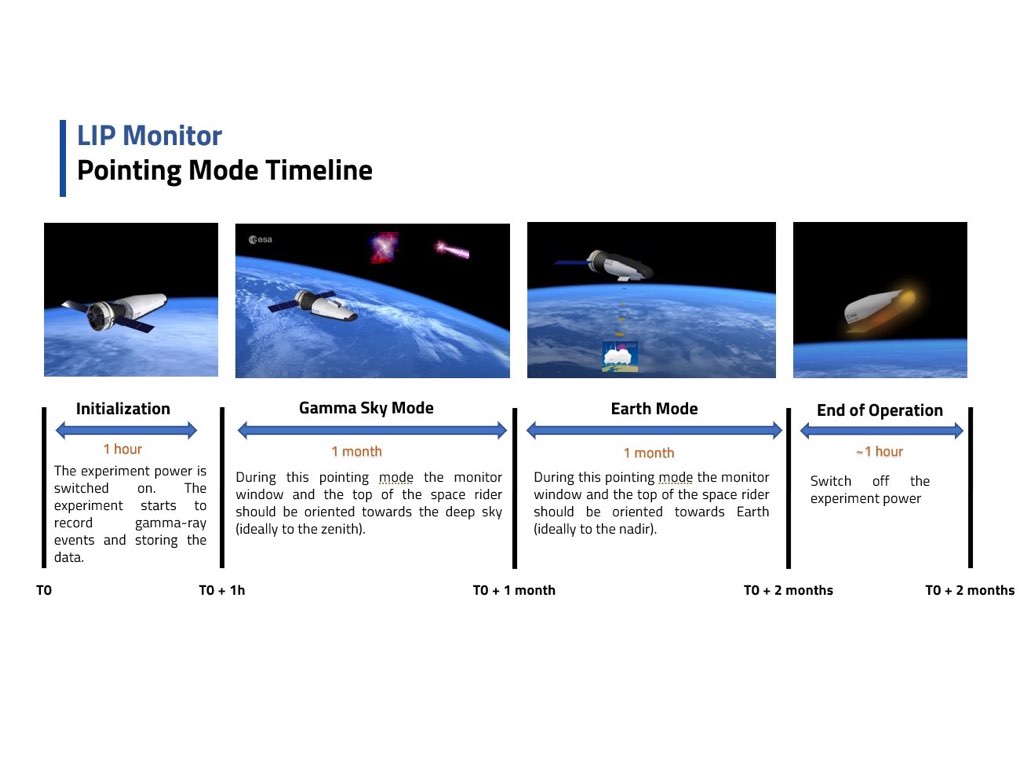TGF Monitor selected by ESA to be launched in the Space Rider
"The TGF Monitor experiment, led by the LIP i-Astro group, has been selected to be launched in the new reusable vehicle of ESA, most likely on its first flight"

The TGF Monitor is a CdTe pixelised gamma-ray detector with polarimetric capabilities that will open new technological and scientific horizons: it will contribute to establish CdTe detectors as a technology with applications raging from astrophysics to aviation safety; and it will perform novel science measurements, in particular those related to Terrestrial Gamma-ray Flashes (TGFs). TGFs are emitted by cumulonimbus clouds (clouds with large vertical development associated to thunderstorm systems) and are a concern for the health and safety of aircraft crews and passengers.
More specifically, the following topics will be addressed:
Orbital radiation effects on CdTe detectors to be used as high-energy astrophysics telescopes detection plane.
Observation of the Crab Nebula emissions with a CdTe detector with polarimetric capabilities.
Science measurements of TGF emissions; in particular the possibility to measure linear polarization may contribute to answer open questions concerning the physical processes generating TGFs: according to the current understanding, TGF emissions are expected to be polarized; measuring their polarization level would be an outstanding scientific result.
Monitoring of TGF emissions and evaluation of the potential of CdTe/CZT pixelised detector as a TGF monitor. A CdTe/CZT TGF monitor solution on board aircrafts to give an alert and characterise their magnitude could be a valuable contribution to aviation safety.

The Space Rider will be launched from Kourou (French Guiana) in 2024 aboard a Vega rocket. It will orbit 2 months in an equatorial Low Earth Orbit (LEO). The experiment will be installed in the field-of-view locker of the Space Rider, where it will be exposed to space environment. It will point to deep space, allowing to record the gamma-ray emissions for example from the Crab Nebula; and also to Earth, recording TGFs. At the end of the mission, the Space Rider will land either in Kourou or in the airport of Santa Maria Island, Azores. The experiment will then be recovered and analysed.

The project consortium includes Active Space Technologies, Advacam and LIP. Together, LIP and Advacam will develop the detector system, readout electronics and onboard computer. Active Space Technologies will build the scientific payload enclosure.
TGF Monitor team:
LIP/UC/UBI: R. M. Curado Silva (PI), Jorge M. Maia, José Sousa, Joana Mingacho, Pedro Póvoa, Joana Gonçalves, Gabriel Falcão, Gabriel Salgado, Miguel Moita
Active Space Technologies: Filipe Castanheira, Frederico Teixeira, Henrique Neves, Sara Freitas
Advacam (CZ, Praga): Carlos Granja, Jiri Sestak, Jan Jakubek



